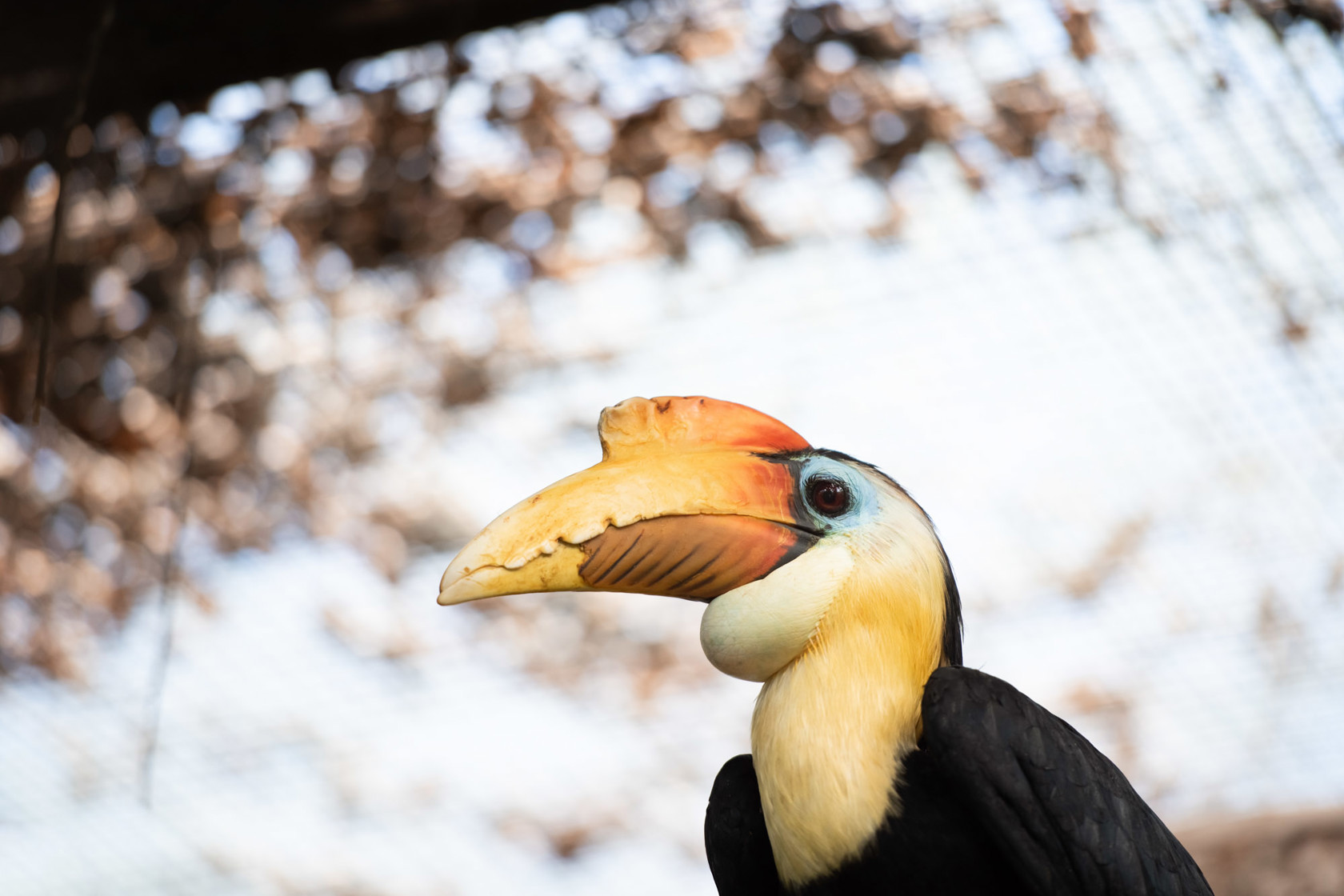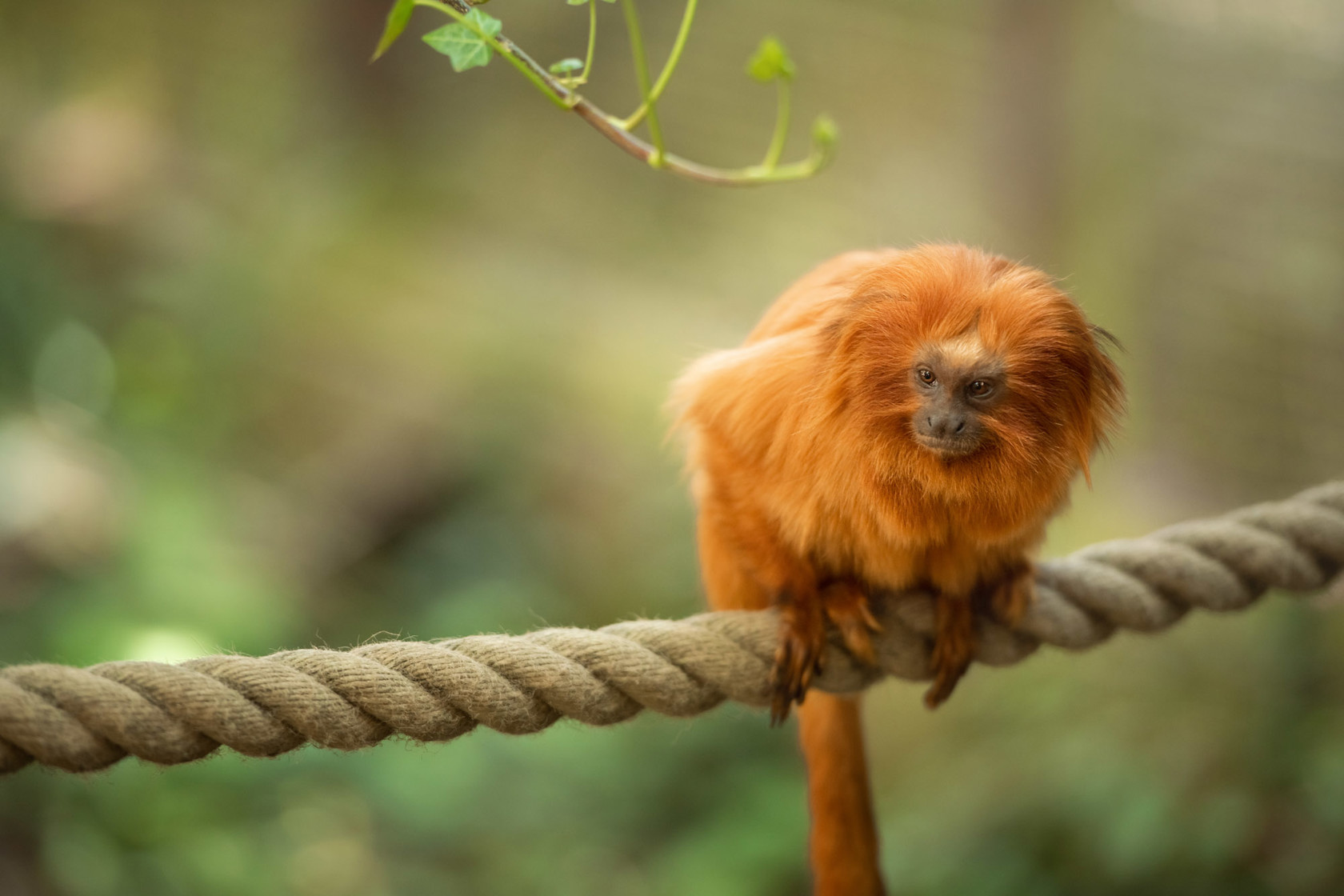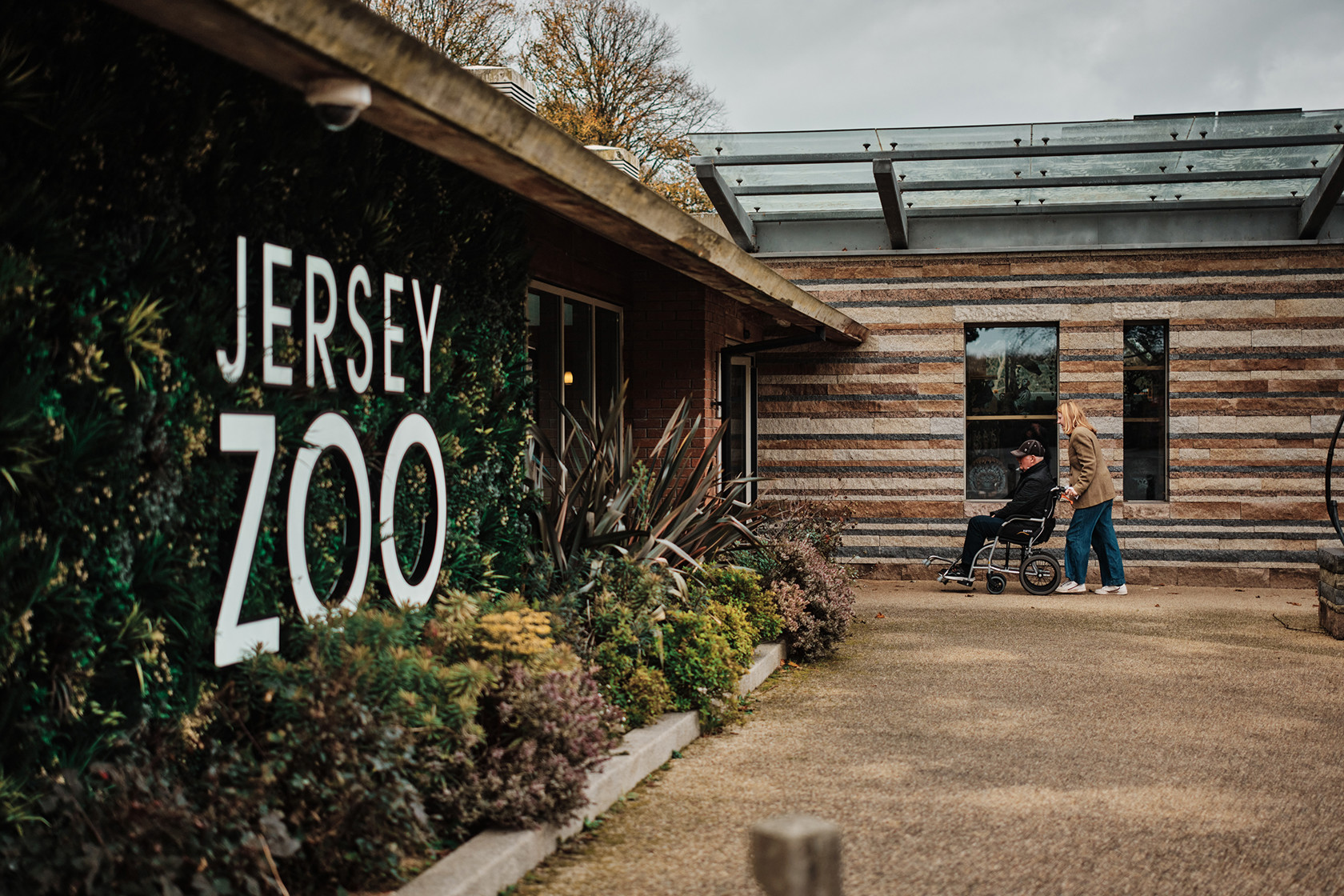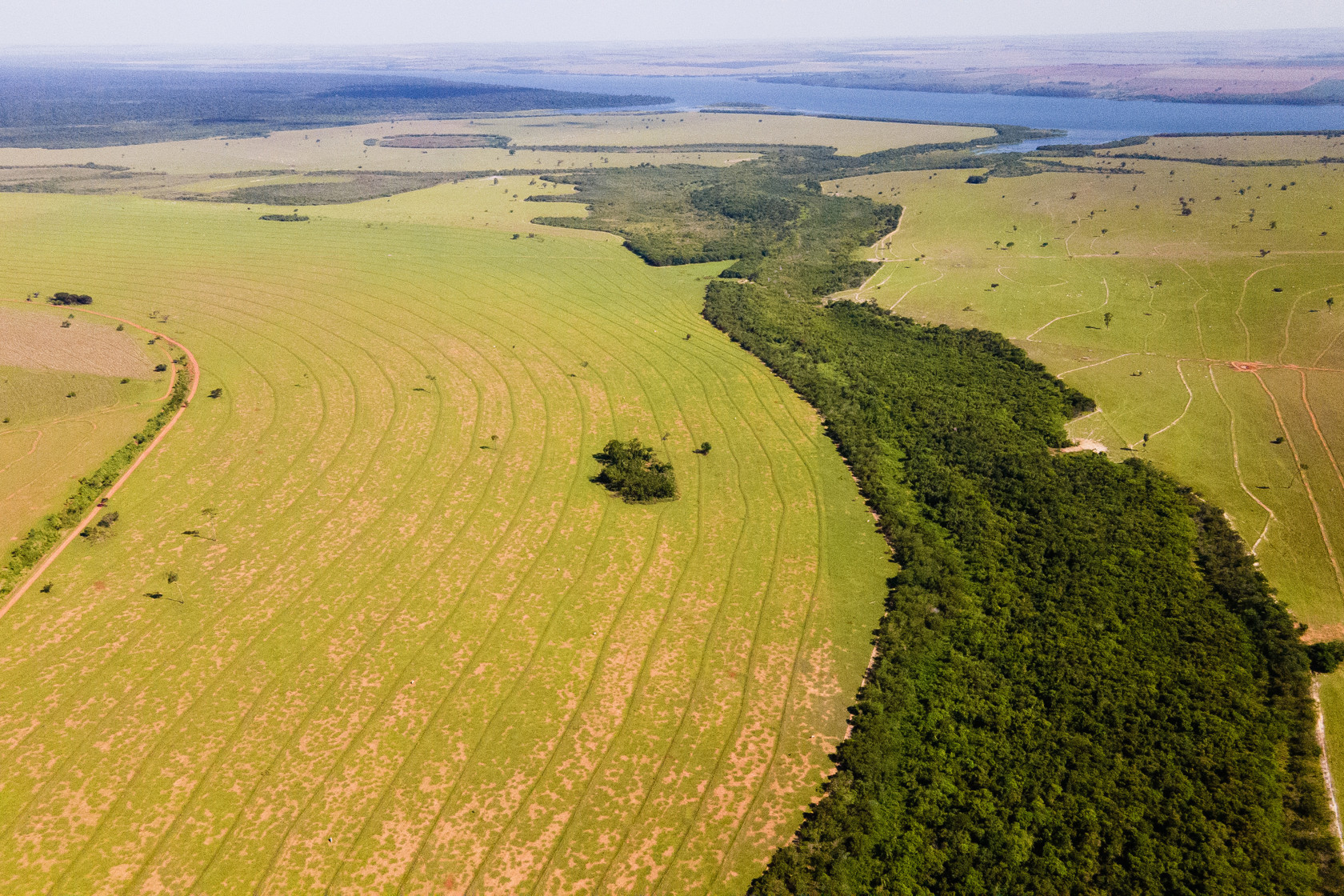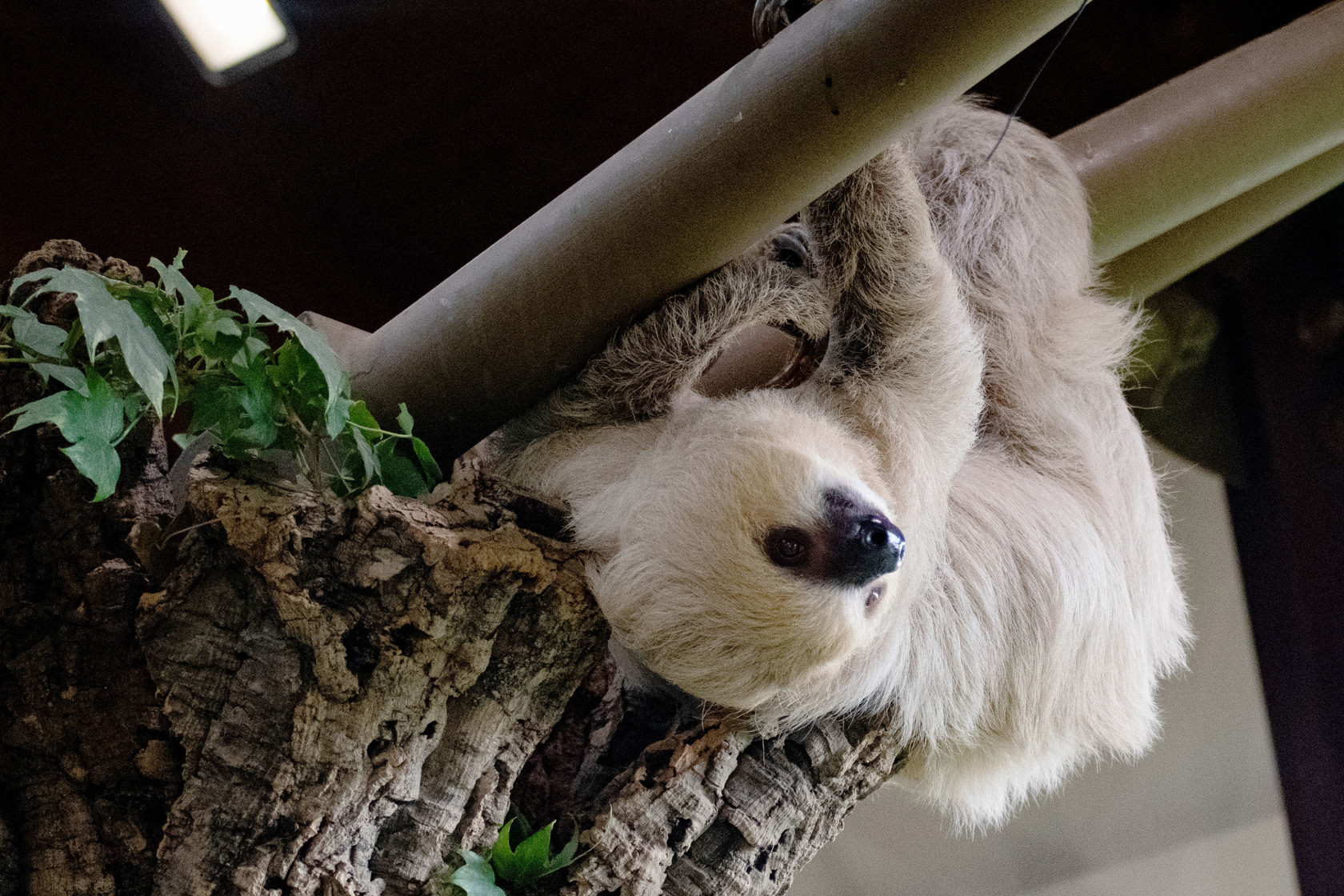How Do We Save Lizard Species at Risk of Extinction?
Lizards are vital in the food webs of most ecosystems, filling the role of predator and prey species.
We have been involved in recovering many lizard species, especially on Mauritius and the surrounding islands, as part of the Mauritius Islands Restoration Programme, a partnership between Durrell, the Mauritian Wildlife Foundation (MWF) and the National Parks and Conservation Service, with support from the Forestry Service.
Some of the species we work with include:
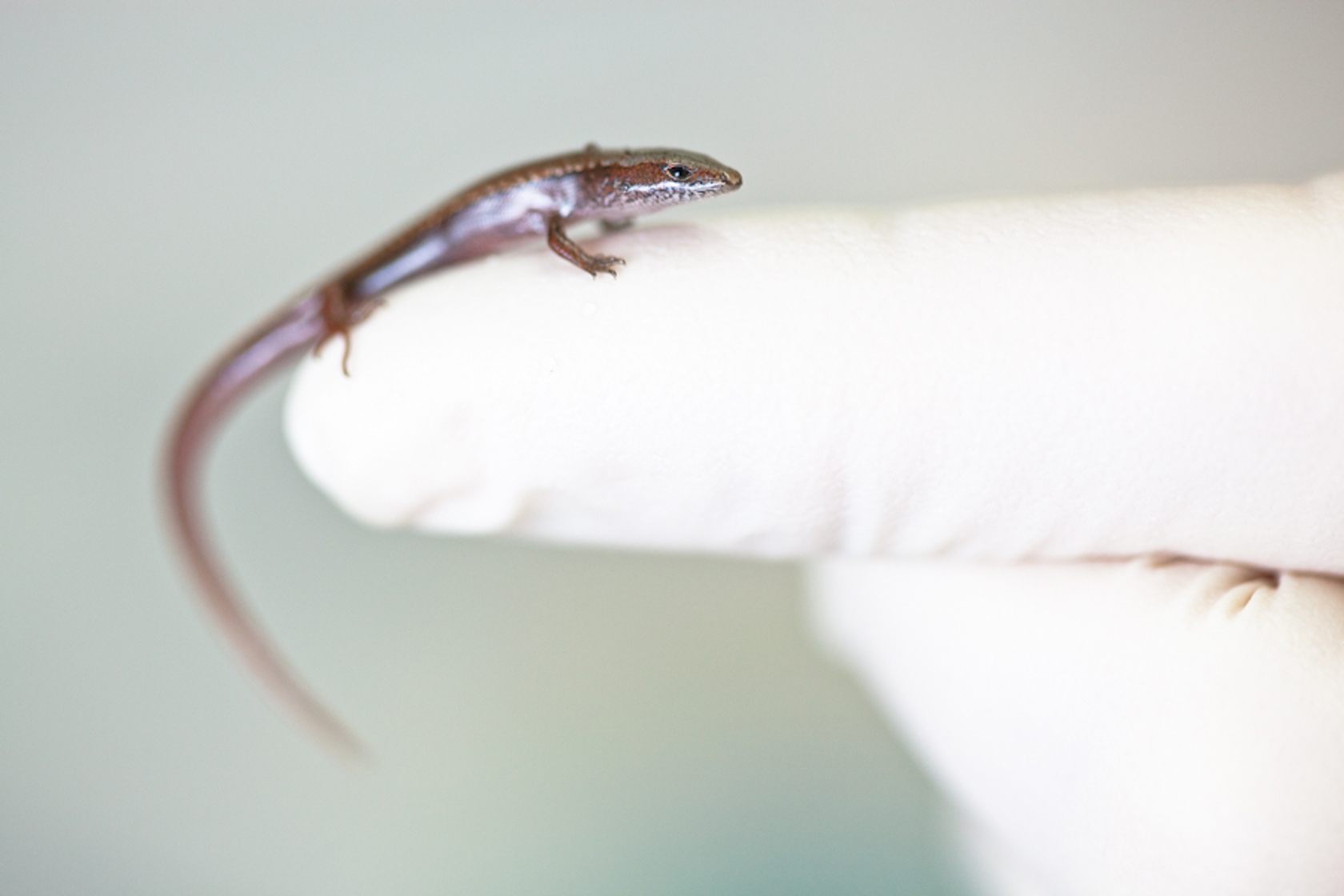
Orange-tailed skink
This species was discovered in 1995 during a survey on Flat Island, off the coast of Mauritius. With plans to expand tourism on Flat Island and the risk of predators being introduced increasing, Durrell recommended that some skinks be moved to another island to safeguard the population.
In 2008, 82 skinks were translocated to the neighbouring island Gunner’s Quoin. Two years later, 300 were moved from Flat Island after the invasive Indian musk shrew, which eats skinks, was found there. Some skinks were also transported to Jersey Zoo to establish a captive population, where our staff worked to learn how to breed and house this species.
These actions almost certainly saved this species from extinction. We have carried out repeated surveys of Flat Island but found no orange-tailed skinks. It is now thought that shrews caused the loss of over 500,000 reptiles in less than two years.
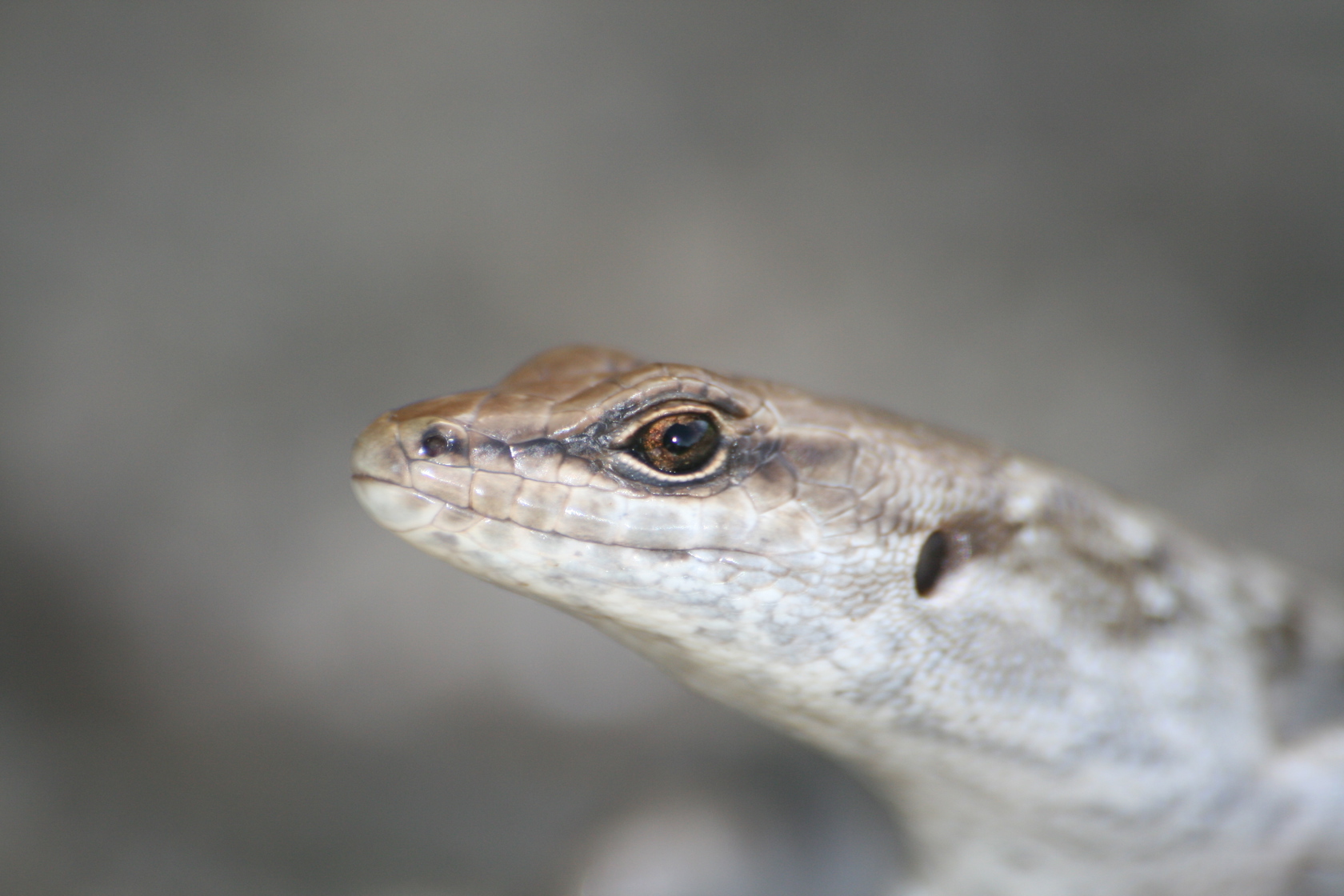
Telfair's skink
When Gerald Durrell first visited Mauritius in the 1970s, Telfair’s skinks were only surviving on Round Island, one of Mauritius’ offshore islands. In 1976 it was estimated that only about 4,000 skinks remained due to non-native predators such as rats. Active management, invasive species removal, and habitat restoration since the 1980s have led to a remarkable population increase.
By 2018, there were more than 56,000 wild Telfair’s skinks worldwide, which has continued to grow due to reintroducing the species to Mauritian nature reserves, Ile aux Aigrettes and Gunner's Quoin. Despite these improvements, due to their limited range, they still face threats such as invasive species and extreme weather. Ongoing conservation is crucial for their long-term survival.
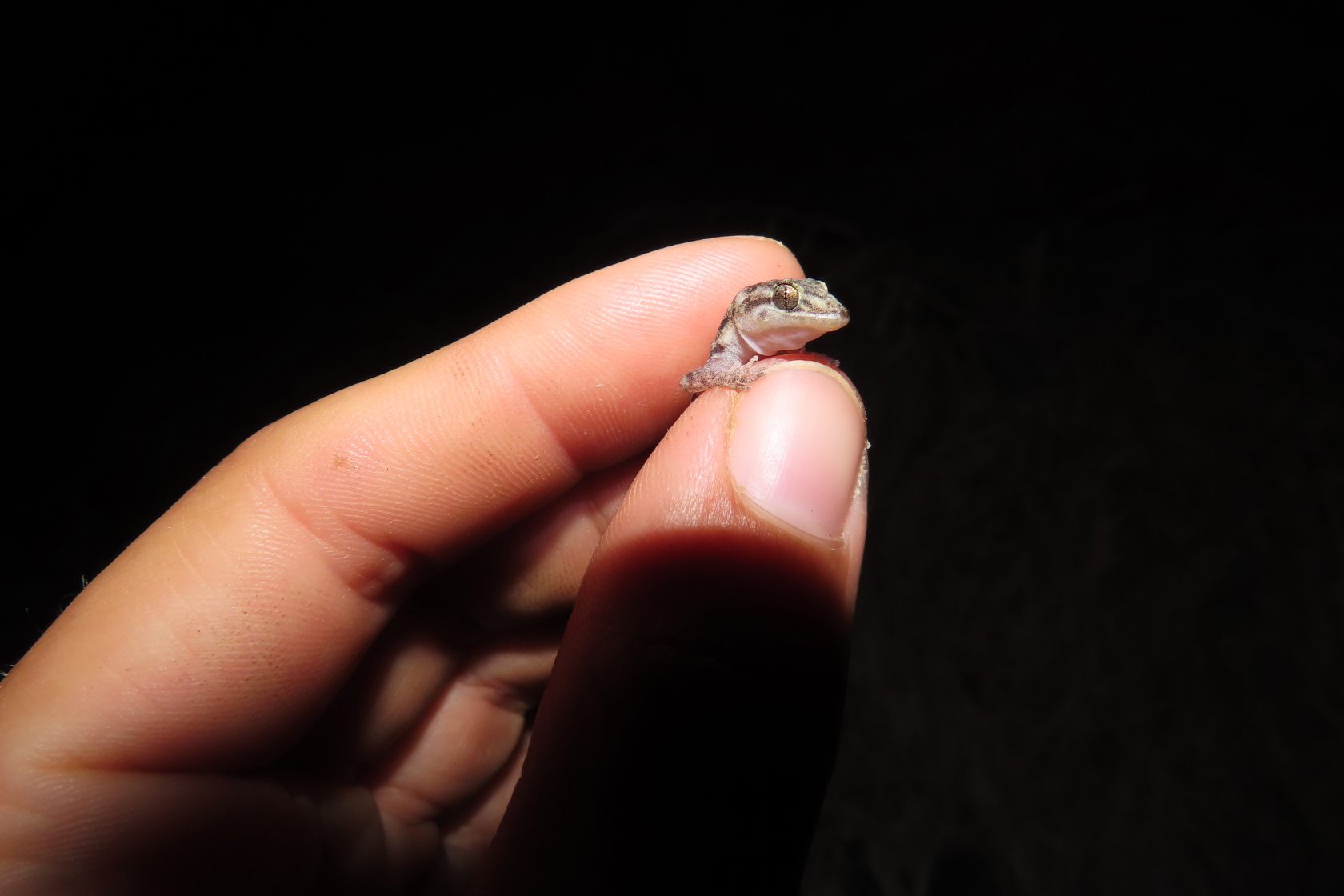
Lesser night gecko, Bojer’s skink and Bouton’s skink
In 2020, the tanker MV Wakashio ran aground near Ile aux Aigrettes, an island southeast of Mauritius. Around 1,000 tonnes of oil spilt into the ocean, threatening to cause irreversible damage, and pushing threatened species closer to extinction.
To save the lesser night gecko, Bojer’s skink and Bouton’s skink, it was vital that they were urgently moved to bio-secure facilities. Two of these species had never previously been held in captivity, so they needed to receive expert care from herpetologists at Jersey Zoo.
Durrell’s Dr Nik Cole, Manager of the Islands Restoration Programme, coordinated input and support from partners (MWF, the Jean Boulle Group, Government of Mauritius) to organise the international evacuation of 66 reptiles. Every individual survived the move to Jersey Zoo, which now houses a breeding population of 75 lesser night geckos, 63 Bojer’s skinks and 15 Bouton’s skinks.
The individuals being cared for at Jersey Zoo have biodiverse genetics not found outside of the affected Mauritian islands, which is needed for the species’ long-term survival. Working with our partners, Durrell is leading the monitoring work on Mauritius's southeast islands to determine the oil spill's long-term impact and assess the conditions under which captive-bred individuals can return to join the remaining wild populations.

